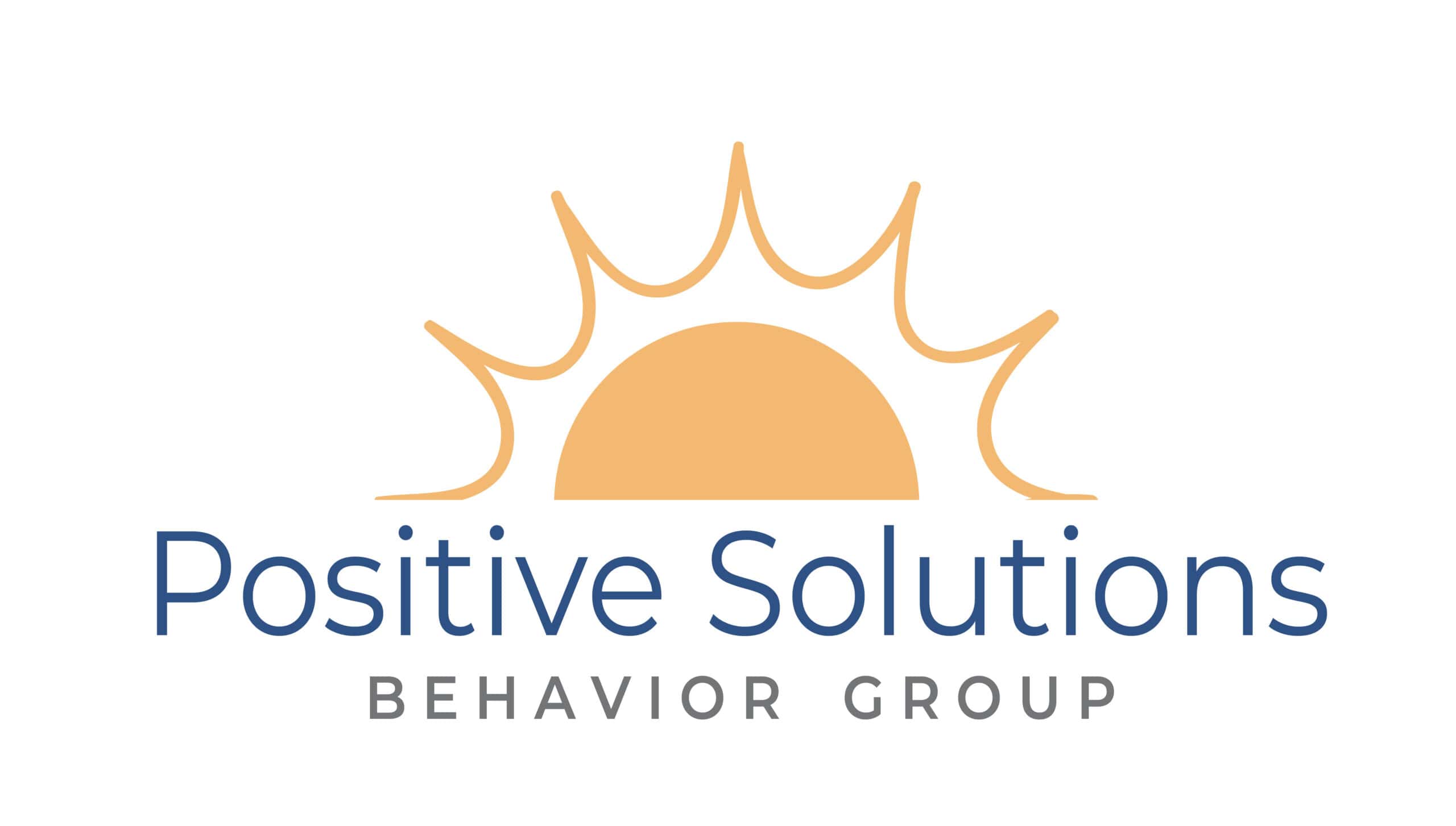In the realm of autism spectrum disorder (ASD) interventions, Applied Behavior Analysis (ABA) therapy stands as a cornerstone method, revered for its effectiveness in fostering skill development and behavior management. “Elevating Interactions: ABA Therapy for Autism Spectrum” delves into the intricate world of ABA therapy, exploring its principles, methodologies, and profound impact on individuals navigating the spectrum. Through this blog series, we embark on a journey to unravel the complexities of ABA therapy, shedding light on its evolution, controversies, and promising advancements. Join us as we navigate the terrain of autism intervention, aiming to enhance understanding, promote advocacy, and ultimately, uplift interactions for those on the spectrum.
Understanding ABA Therapy: Foundations and Principles
Applied Behavior Analysis (ABA) therapy operates on the premise that observable behaviors can be analyzed and modified to promote positive change. Its foundations lie in the principles of reinforcement, shaping, and behavior reduction. ABA therapists meticulously assess behavior patterns, identifying antecedents and consequences to understand why certain behaviors occur. Through systematic interventions, ABA aims to reinforce desired behaviors while diminishing undesirable ones. This therapy relies heavily on data collection and analysis, ensuring that interventions are evidence-based and tailored to each individual’s unique needs. By comprehending the foundational principles of ABA, practitioners and caregivers can effectively implement strategies to facilitate skill development and behavior improvement in individuals across the autism spectrum.
The Evolution of ABA: From Past to Present
The evolution of Applied Behavior Analysis (ABA) reflects a journey marked by innovation, refinement, and expanding understanding. Originating in the 1960s, ABA initially focused on behavior modification techniques, particularly in the realm of developmental disabilities like autism. Over the decades, it has undergone significant transformation, integrating insights from psychology, neuroscience, and education. Early interventions primarily emphasized discrete trial training, while contemporary ABA embraces a more holistic, naturalistic approach, incorporating principles such as pivotal response treatment and verbal behavior. The evolution of ABA also involves heightened emphasis on individualized interventions, cultural sensitivity, and collaboration with interdisciplinary teams. Today, ABA continues to evolve, adapting to emerging research findings and societal needs to better serve individuals on the autism spectrum.
Navigating Controversies: Critiques and Debates Surrounding ABA
Despite its widespread adoption and empirical support, Applied Behavior Analysis (ABA) therapy is not without controversy. Critiques and debates surrounding ABA often revolve around ethical concerns, the intensity and rigidity of interventions, and questions regarding its long-term efficacy. One key contention is the use of aversive techniques or punishment procedures in some ABA programs, which critics argue may cause harm or suppress natural behaviors. Additionally, there are debates regarding the prioritization of behavioral outcomes over individual autonomy and well-being. Some critics also raise concerns about the generalization of skills learned in structured ABA settings to real-world contexts. Navigating these controversies requires a nuanced understanding of ABA’s principles, ethical guidelines, and ongoing dialogue among stakeholders to ensure that interventions prioritize the dignity and rights of individuals on the autism spectrum.
Personalized Approaches: Tailoring ABA Therapy to Individual Needs
In the realm of autism intervention, personalized approaches are paramount in ensuring that therapy resonates with the unique strengths, challenges, and preferences of each individual. Applied Behavior Analysis (ABA) therapy stands out for its adaptability, allowing therapists to tailor interventions to meet specific needs effectively. By comprehensively assessing individuals, collaborating closely with families, and continually adjusting strategies, ABA therapists create customized plans aimed at addressing diverse goals across various domains.
- Comprehensive Assessment: A thorough evaluation is conducted to identify individual strengths, challenges, preferences, and priorities.
- Collaboration with Families: Close collaboration with families ensures that therapy aligns with the values, goals, and cultural context of each individual.
- Tailored Intervention Plans: Based on assessment findings, therapists develop personalized intervention plans targeting specific goals, such as communication, socialization, and daily living skills.
- Ongoing Adjustment: Flexibility is inherent in ABA therapy, allowing therapists to continually adjust strategies based on progress, feedback, and changing needs.
- Maximizing Effectiveness: Personalized approaches in ABA honor the diversity and complexity of individuals with autism, maximizing the relevance and effectiveness of interventions to promote meaningful outcomes.
Personalized approaches in ABA therapy emphasize the importance of individualization, collaboration, and flexibility in fostering positive outcomes for individuals on the autism spectrum. By tailoring interventions to meet specific needs and goals, ABA therapists empower individuals and their families to navigate the journey of autism intervention with confidence and resilience.
Beyond Behavior Management: Addressing Social and Communication Skills
While behavior management is a central focus of Applied Behavior Analysis (ABA) therapy, its scope extends far beyond mere modification of actions. ABA interventions systematically target the development of crucial social and communication skills essential for navigating daily interactions and fostering meaningful connections. Through structured activities, role-playing, and naturalistic teaching methods, individuals on the autism spectrum learn to recognize social cues, initiate and maintain conversations, and interpret nonverbal communication. ABA also emphasizes the importance of perspective-taking, empathy, and understanding social norms within diverse contexts. By addressing social and communication skills, ABA equips individuals with the tools necessary to engage more effectively with peers, family members, and the broader community, enhancing their quality of life and independence.
Empowering Caregivers: Implementing ABA Techniques in Daily Life
Empowering caregivers to implement Applied Behavior Analysis (ABA) techniques in daily life is essential for extending the benefits of therapy beyond clinical settings. Caregiver training equips parents, teachers, and support providers with practical strategies for reinforcement, prompting, and behavior management. By fostering collaboration between therapists and caregivers, ABA techniques can be seamlessly integrated into everyday routines, promoting consistency and generalization of skills. Empowered caregivers serve as catalysts for continued progress, reinforcing positive behaviors and creating environments conducive to growth and development for individuals on the autism spectrum.
- Practical Strategies: Learn hands-on techniques for reinforcement and behavior management.
- Integration into Daily Routines: Discover ways to seamlessly incorporate ABA techniques into everyday activities.
- Consistency is Key: Understand the importance of consistent implementation of ABA strategies for optimal progress.
- Collaboration with Therapists: Foster open communication and collaboration with ABA therapists to maximize effectiveness.
- Promoting Growth: Empower individuals on the autism spectrum by creating supportive environments that facilitate skill development and independence.
In empowering caregivers to implement ABA techniques in daily life, we foster environments where individuals on the autism spectrum can thrive, promoting their growth, independence, and overall well-being.
Innovations in ABA: Promising Technologies and Future Directions
As technology continues to advance, so too does the landscape of Applied Behavior Analysis (ABA) therapy, ushering in a new era of innovation and possibilities. Promising technologies are revolutionizing the delivery and personalization of ABA interventions, offering interactive apps, virtual reality platforms, and wearable devices to enhance engagement and data collection. These tools enable therapists to monitor progress remotely, provide real-time feedback, and tailor interventions in response to individualized needs. Furthermore, emerging research in neuroscience and genetics holds potential for deeper insights into the underlying mechanisms of autism and personalized treatment approaches. By embracing innovations in ABA, therapists and researchers are poised to unlock new frontiers in autism intervention, ultimately improving outcomes and quality of life for individuals on the spectrum and their families.
Conclusion
Understanding the foundations and evolution of ABA therapy equips us to navigate controversies and embrace personalized approaches, empowering caregivers and fostering growth in individuals on the autism spectrum. By embracing innovations and seeking support from organizations like Positive Solutions Behavior Group LLC, Lakewood Ranch we can embark on a transformative journey towards positive change and enhanced quality of life.






